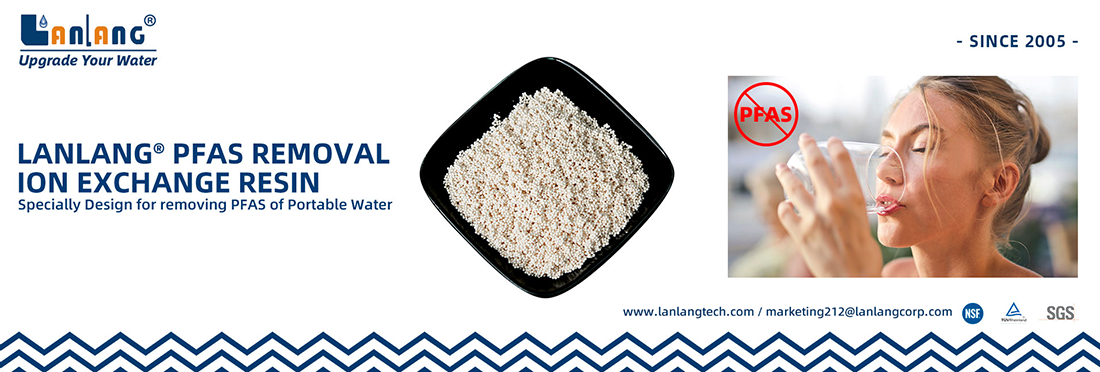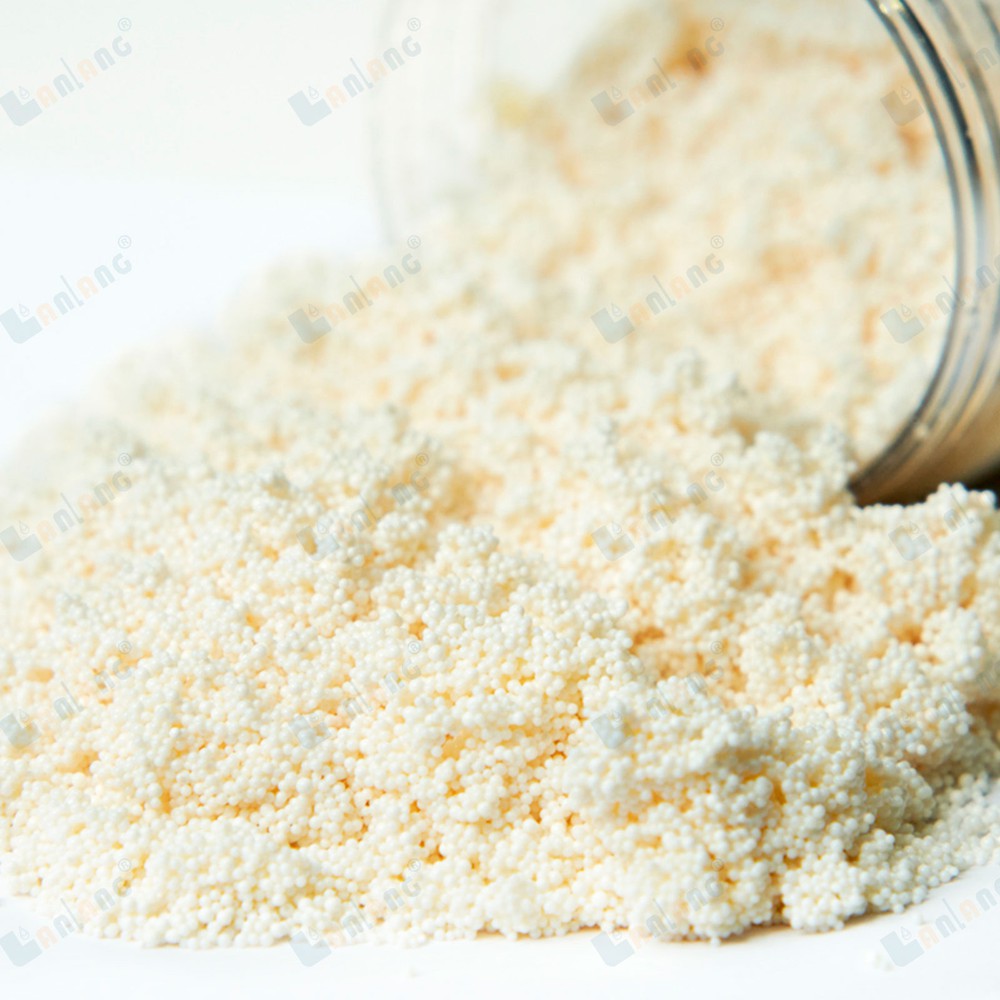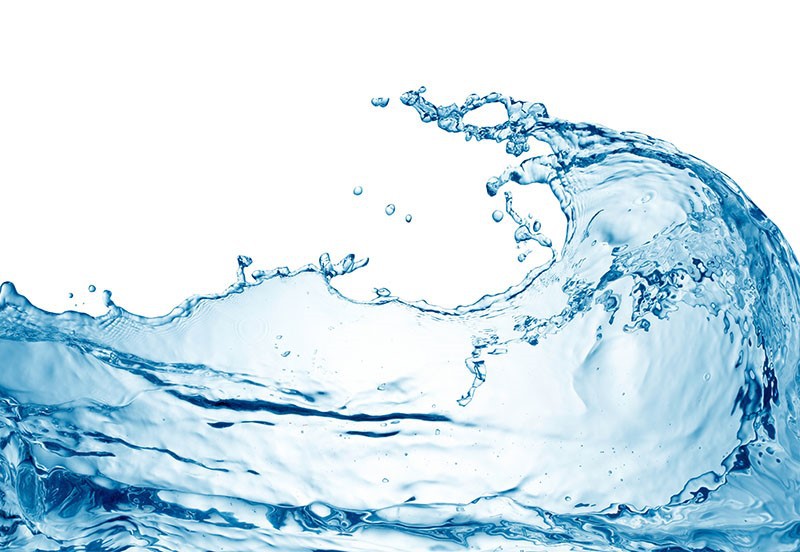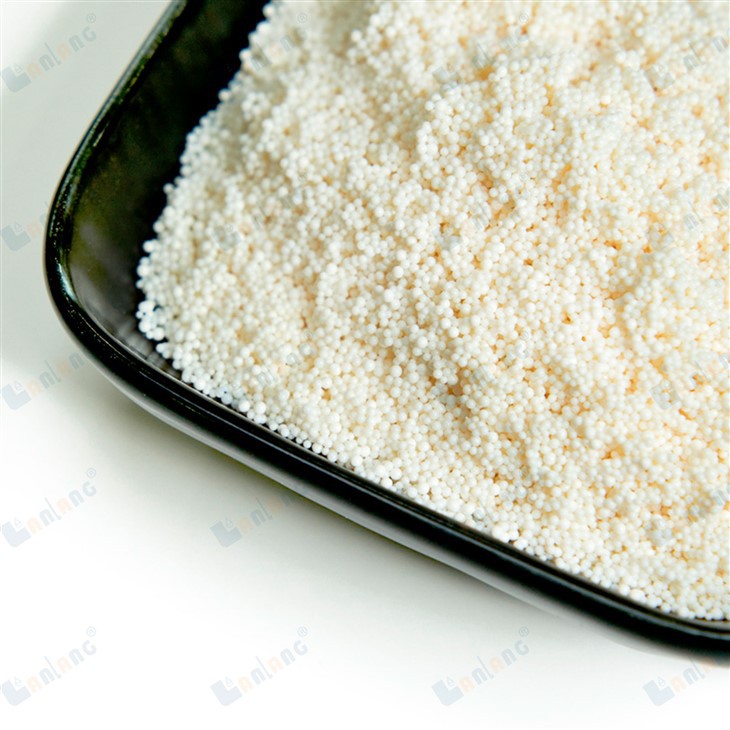
Products Description
Lanlang® TA467D is a premium quality macroporous anion exchange resin designed for the removal of perchlorate from potable water. This resin contains a quaternary amine (Tributylamine) functional group and has a polystyrene matrix. It follows a standard Gaussian size distribution.
TA467D has a remarkable selectivity towards perchlorate, which makes it a highly effective solution for removing this particular contaminant from drinking water. The resin has been specifically developed to capture perchlorate, while reducing its selectivity for other anions such as sulfate, chloride, and bicarbonate.
This strong base anion exchange resin is designed for use in a variety of water treatment applications. It is widely used in municipal water treatment plants, industrial wastewater treatment facilities, and in residential water softening systems. TA467D is particularly well-suited for use in environments where high levels of perchlorate contamination are present.
Lanlang® TA467D ion exchange resin is also known for its high durability and long lifespan. This resin maintains its selectivity and performance over a wide range of pH, temperature, and water quality conditions, providing an excellent solution for customers looking to improve the quality of their drinking water.


What is PFAS
PFAS (full name Per- and Polyfluoroalkyl Substances) are a class of compounds consisting of multiple carbon-fluorine bonds. They are fluorinated organic compounds, with durability, corrosion resistance and flame retardant properties, and are widely used in industrial, medical, consumer and military fields. However, PFAS are also a source of environmental contaminants and human health problems.
Because they are not easy to biodegrade, they exist in the environment for a long time, and may accumulate into organisms, leading to serious water and soil pollution and health hazards. In recent years, PFAS have become a hot topic around the world, and governments and agencies are also taking steps to limit and monitor their use and emissions.
Basic Features
|
Application: |
Perchlorate removal |
|
Polymer matrix structure: |
Macroporous polystyrene crosslinked with divinylbenzene (DVB) |
|
Appearance: |
White & pale yellow opaque, spherical beads |
|
Functional Group: |
Quaternary amine, type I (Tributylamine) |
|
Ionic form as shipped: |
Cl- |
About PFAS ion exchange resins
With the acceleration of the global industrialization process, various chemicals are increasingly seeping into the environment, having a serious impact on humans and biodiversity. Perfluoroalkyl substances (PFAS) are one of these compounds. These compounds are highly chemically stable and are used in a wide range of applications, such as fire-resistant foams, waterproof materials and food packaging. However, their persistence in the environment has led to their gradual accumulation, posing a threat to the environment and human health. Therefore, the development of efficient and feasible methods to remove PFAS has become a current research hotspot. The advantages of resin removal of perfluoroalkyl substances will be discussed in this paper.
Perfluoroalkyl substances, also known as perfluorinated compounds or PFCs, are a class of organic compounds with perfluoroalkyl groups (CF3). They have the advantages of high heat resistance, high corrosion resistance and high hydrophobicity, and are widely used in industrial production. However, the behavior of these compounds in the environment has a negative impact on humans and biodiversity. They do not degrade easily, are known as "eternal chemicals" and can accumulate in the human body, posing a potential threat to human health. Therefore, the removal of PFAS from the environment is a top priority.
At present, the removal methods of PFAS mainly include activated carbon adsorption, advanced oxidation, electrochemical treatment and so on. Although these methods have some effects, they also have some limitations, such as low treatment efficiency, high cost or secondary pollution to the environment. Therefore, more efficient and environmentally friendly methods of removing PFAS need to be developed.
Resin is a kind of organic polymer with specific chemical structure. They have the characteristics of high specific surface area, high porosity and high chemical stability, so they have a wide application prospect in the field of adsorption. In recent years, more and more studies have shown that resin can be used as an effective method of removing PFAS.

Certification

Hot Tags: selective anion exchange resin used for pfas perchlorate removal, China selective anion exchange resin used for pfas perchlorate removal manufacturers, suppliers, factory, Anti algae Crystphos Sodium Polyphosphate, public drinking water treatment resin, mercury removal resin, juice decolorization resin, perchlorate removal resin, NSF Alkaline Water Cartridge



